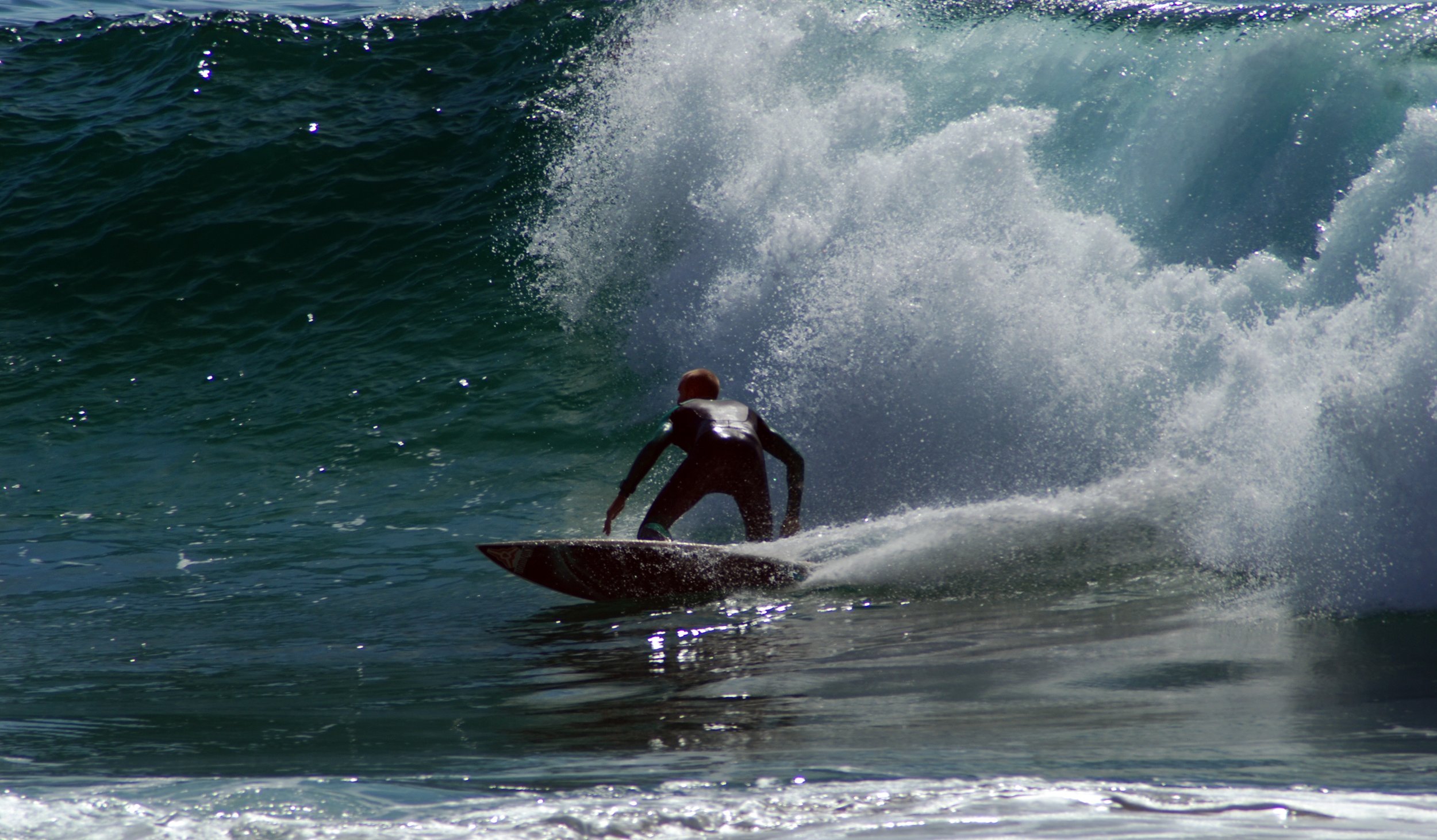Shape a board: are you ready to build your first surfboard?
Published in Wavelength issue 222
So you’ve decided that you want to make your own board? You’ve built a few IKEA cabinets already, so how hard can it be? Well first thing is you’ll need a place to do it, lots of kit and even more time and patience. Not that I’m trying to put you off, because making your own board is something truly special and it should be encouraged. However it’s not for the faint hearted.
There are three main stages to board building; shaping, glassing and finishing. Designing your board is the fun bit. Check out the many board guides out there and then take your pick of what you want. If you want to start from scratch then check out AKU shaper online - it’s freeware which most shapers use for their ideas.
So you’ve got your design and dimensions, next you’re going to need a fairly large space such as a garage to do all this in. It needs to be somewhere that you don’t mind covering in foam and glass dust, as well as dripping resin on the floor.
Before you get started you’ll need all the kit, and there’s a lot of it; electric planer, hand planer and spokeshave. Sandpaper in long strips and on blocks for the rails, deck and hull shaping. Then you need your blank (foam core), fibreglass and resin. There are kits available from the big suppliers in Europe such as Homeblown and Seabase. They’ll also stock all the specialist equipment mentioned above.
All of the above would be useless without a decent set of trestles to bring your creation to life on. These are basically two stands in a Y or T shape, at about waist height with a really heavy base. You can make these yourself, but you’ll be cutting foam, laminating and sanding all on these so make sure they’re built solidly. A little tip is to set the bases in old 20 litre paint tubs filled with cement.
You’re ready to start, so mark up your planshape onto the blank and then cut it out with a handsaw. Make sure you cut it square and leave a margin for error. Then sand the planshape out. A lot of this is down to eye now, so take your time and measure twice, cut once. The electric planer in skilled hands makes things much quicker, but in unskilled hands can lead to some major changes to your dimensions. So if in doubt, switch to coarse sandpaper on blocks to shape.
The foil of the board is shaped first i.e. rocker line and then nose, deck and tail thickness. Don’t forget that fibreglass will add extra thickness to it, so either allow for it by shaping it slightly thinner or just be prepared for your board to look a little thicker than you imagined.
A fluid shape requires a fluid shaper. If you watch a shaper at work, they move in long sweeps as they work on the board. The trick to shaping any curve is to put flats in first. For example if you wanted to shape a 10 pence piece, then you’d cut out a 50 pence piece then sand off the edges smoothly. The same principle is used for shaping the deck curve and rails. Cut or sand in flats, then once it’s all symmetrical on both sides, a long strip of abrasive paper from nose to tail will strip out the flats.
Next comes glassing; so make sure you get your resin to hardener mix right. The fibreglass is laid over the deck and then the unset resin mix is squeegeed into the cloth. Once that cures, the board is flipped and the bottom is then laminated up. Glassing is an art in itself, which if it goes wrong, will make your board brittle or weak. An easier option is to take your shaped blank to a glasser so they can finish it off.
If you do choose to glass it, then you have the hard task of sanding, including glassing on your fins, or fitting your fin system of choice. Once those are in or on, a finish coat is applied. This can either be a spray-on speed coat, or it’s a special resin mix known as a hot coat which is brushed on. If it’s the latter then it’s more sanding and maybe even fine polishing followed by buffing. Hence why gloss finishes on boards are a lot more expensive.
Now all you need is patience. Most shapers recommend a week or two in a warm place for it to keep curing. And even if it’s turned out to be a real Frankenstein of a thing with asymmetrical rails, flats and bumps everywhere, it’ll be the sweetest ride yet. Just be prepared for the uncanny flat spell a new shiny board seems to create.










Why do tail shapes affect the performance of your surfboard? What tail shape is going to best suit the conditions you're about to surf in? All these questions answered within, click to read more